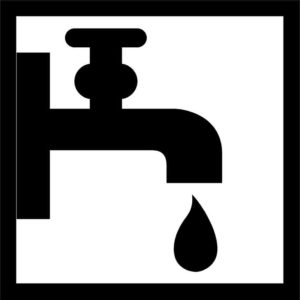I must be living right.
How else does one explain a fruitful experience with a plumber?
We called the plumber 10 days ago to trouble-shoot a kitchen sink issue: the water pressure had slowed to a mere trickle; I tried to clear out the sediment that collects occasionally in the nozzle; it didn’t do a thing.
Thus, the call went out to the plumber.
He answered the call and performed a “routine” service call on the clogged up kitchen faucet. Cost? $92.50. Then he left.
Just a few days later, the faucet slowed way down — again!
This morning I decided to call the plumber back. I phoned the office and told the receptionist about our problem. I mentioned to her that the plumber had done something to “fix” it just 10 days earlier. “I think it’s a ‘call back,'” she said, meaning she didn’t think we’d be charged for another service call.
The plumber arrived a little while later. He repaired the faucet once more. Then he left.
Later that morning, I was running the water. Then — just like that! — it slowed down again.
I was so mad I could’ve spit.
I called the plumber back. Same morning. I told the receptionist that his second “fix” didn’t take.
The plumber returned for the third time in 10 days — and twice in the same morning! He fixed it yet again. No service charge on that call, either.
This time, he got it right. The water is flowing nicely.
The message I want to leave? My wife and I are living the good life, which is so good.
And not all plumbers are out to, um, soak their customers.
